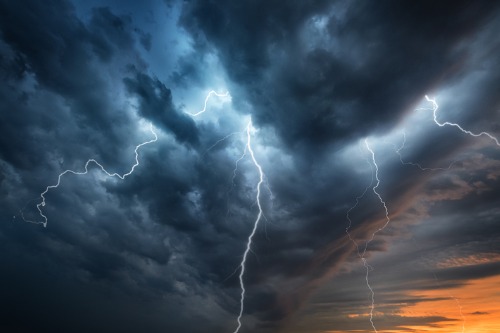

AIR Worldwide has estimated insured losses for Typhoon Hagibis at between ¥865 billion (US$8 billion) and ¥1.73 trillion (US$16 billion), with more than half of the losses due to inland flooding.
According to the international catastrophe modelling firm, Typhoon Hagibis made landfall on October 12 with one-minute sustained wind speeds of about 145 km/h, the equivalent of a Category 1 hurricane, on the main Japanese island of Honshu, near Shizuoka on the Izu Peninsula. The storm delivered high winds and record-breaking precipitation to a large portion of Honshu from Mie Prefecture in the west to Iwate in the north. Storm surge raised sea levels more than one metre above mean sea level along parts of the coast.
The Japan Meteorological Agency (JMA) issued the highest level (level 5) warning for heavy rain. A large area of Honshu outside the Tokyo metropolitan area received between 250mm and 500+mm of rain. Meanwhile, at the resort town of Hakone, 939.5mm of precipitation was recorded, breaking Japan’s calendar-day rainfall record.
Furthermore, many regions received between 30% and 40% of their yearly rainfall in just two days, with more than 100 stations breaking daily rainfall records at those locations, AIR said. Due to the extremely strong rain, numerous rivers in Honshu overflowed, causing severe and devastating flooding.
According to AIR, of the approximately 540 river gauging stations on Honshu island, more than 85 exceeded their 100-year return period peak flows, with more than 100 exceeding their historical records. In addition, shortly before Hagibis made landfall, a magnitude 5.7 earthquake struck the region—parts of which were in the early stages of recovery from Typhoon Faxai, which struck just one month prior.
Much of central and eastern Japan experienced severe flooding and landslides; power outages and travel disruption were widespread.
Because of the intense rainfall within a short time period, much of the floodwater had a high mud content and included a large amount of debris – this could potentially increase the costs of repair and clean-up and drive up business interruption losses, especially for commercial and industrial properties. In addition, Hagibis impacted some of the same region damaged by Typhoon Faxai a few weeks earlier. Additional damage caused by Hagibis to properties that were damaged by Faxai but were not repaired would further complicate claims settlements, the firm said.
